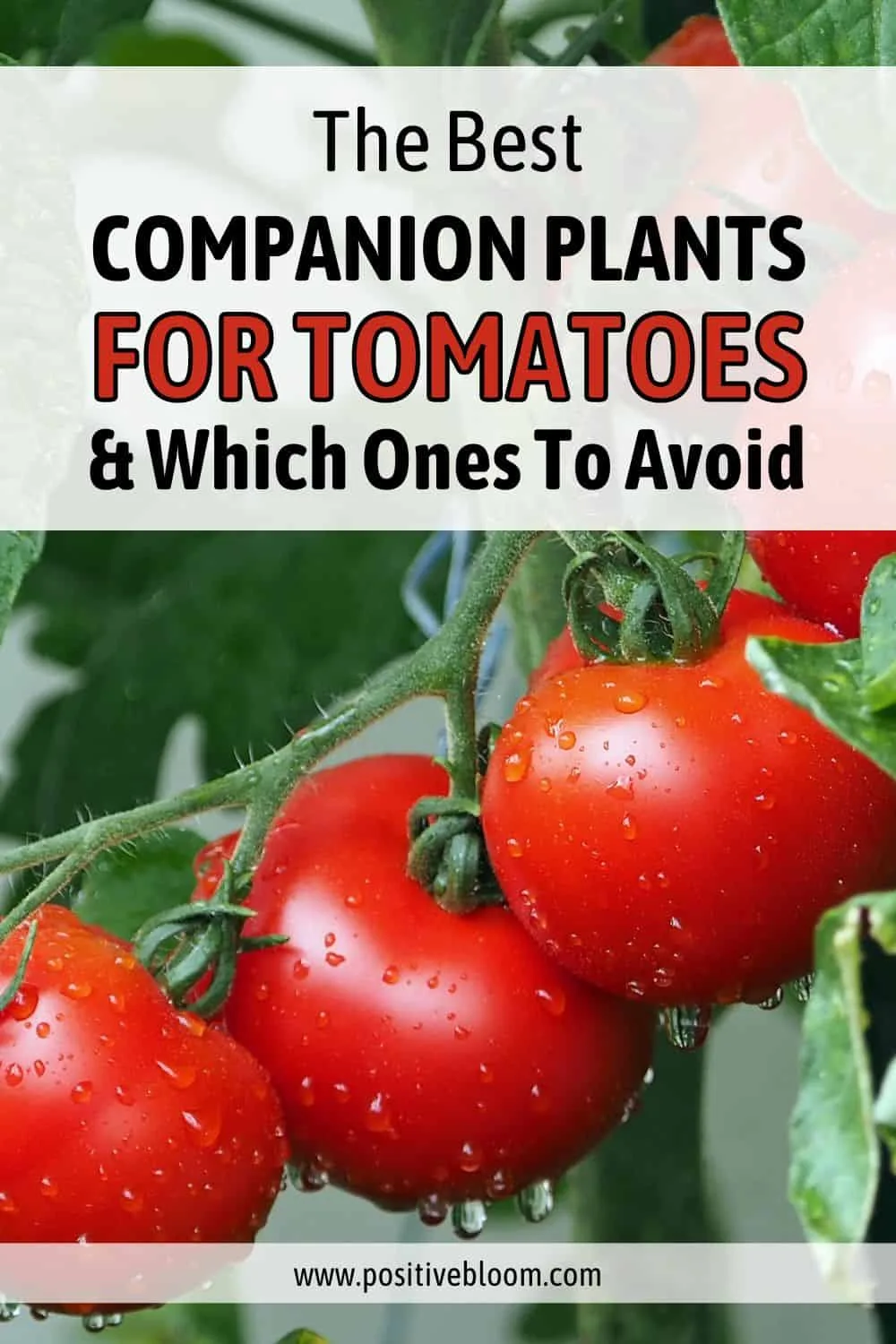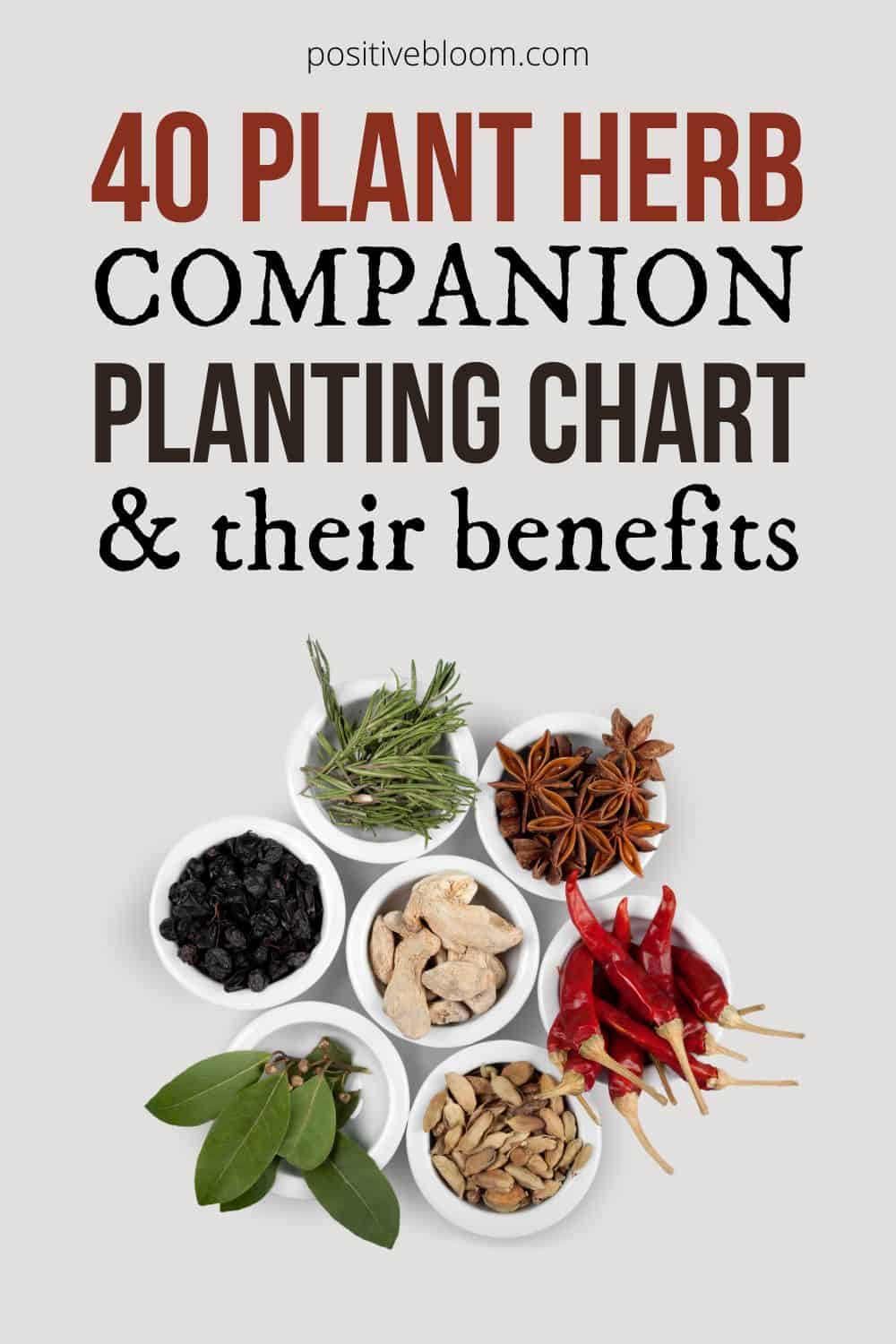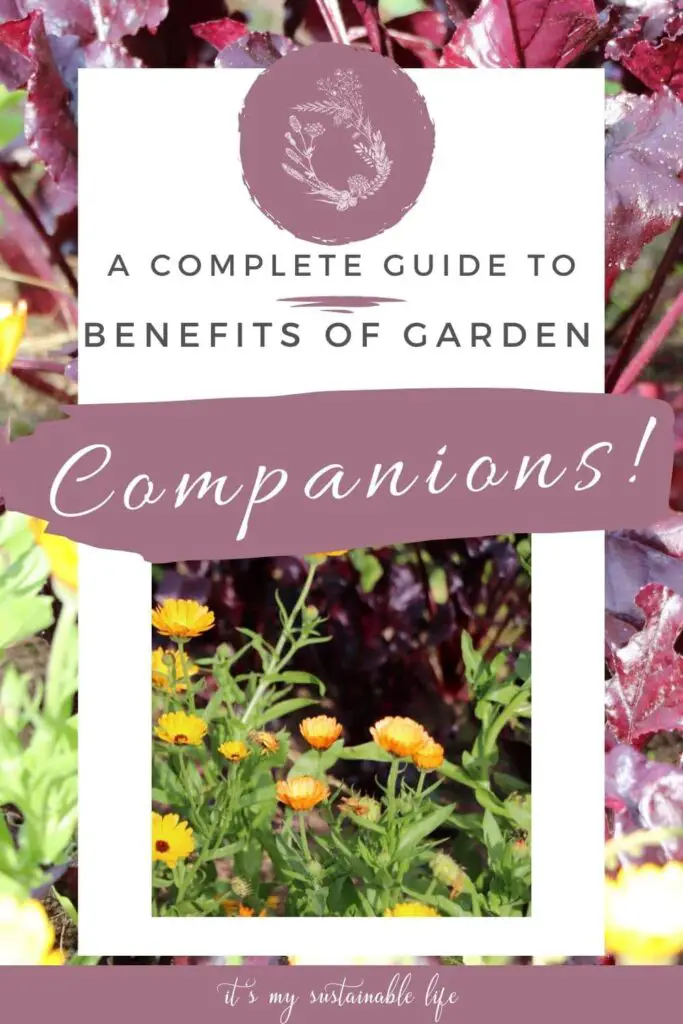Companion Planting: The Ultimate Guide To Growing Vegetables Together
Companion Planting: The Ultimate Guide to Growing Vegetables Together
Companion planting is a gardening technique that involves planting certain plants together to benefit each other. This can be done to attract beneficial insects, deter pests, improve soil quality, or increase yields.
There are many different benefits to companion planting. Some of the most common include:
- Attracting beneficial insects: Many flowers and herbs attract beneficial insects, such as ladybugs, lacewings, and parasitic wasps. These insects help to control pests, such as aphids, caterpillars, and beetles.
- Deterring pests: Some plants release chemicals that deter pests. For example, marigolds release a chemical that repels nematodes, which are a type of soil-dwelling pest.
- Improving soil quality: Some plants add nutrients to the soil, while others help to improve drainage or aeration. For example, beans fix nitrogen in the soil, which is a nutrient that many plants need.
- Increasing yields: Companion planting can help to increase yields by improving pollination and reducing competition for resources. For example, tomatoes and basil can help to improve pollination, while beans and corn can help to reduce competition for water.
There are many different ways to companion plant. Some common methods include:
- Planting in blocks: This method involves planting different types of plants in blocks or rows. This helps to create a diverse ecosystem that is more resistant to pests and diseases.
- Interplanting: This method involves planting different types of plants together in the same bed. This can help to maximize space and reduce competition for resources.
- Underplanting: This method involves planting a shorter plant under a taller plant. This can help to suppress weeds and provide shade for the shorter plant.
When choosing companion plants, it is important to consider the following factors:
- The needs of the plants: Some plants have different needs in terms of sunlight, water, and nutrients. It is important to choose plants that have compatible needs.
- The pests and diseases that are common in your area: Some plants can help to repel or attract certain pests and diseases. It is important to choose plants that will help to protect your garden from the pests and diseases that are common in your area.
- The aesthetics of your garden: If you are concerned about the aesthetics of your garden, you may want to choose companion plants that complement each other in terms of size, color, and shape.
There are many resources available to help you learn more about companion planting. Some good places to start include:
- Books: There are many books available on companion planting. Some good books include "The Vegetable Gardener's Companion" by Barbara Damrosch and "Carrots Love Tomatoes: Secrets of Companion Planting" by Louise Riotte.
- Websites: There are many websites that offer information on companion planting. Some good websites include www.gardeners.com and www.vegetablegardener.com.
- Gardening clubs: There are many gardening clubs that offer classes and workshops on companion planting. This is a great way to learn from experienced gardeners and get advice on how to apply companion planting in your own garden.
Are you looking for a way to improve your garden's productivity and health? If so, you should consider using companion planting. Companion planting is the practice of planting certain plants together that benefit each other. For example, some plants attract beneficial insects, while others deter pests. Some plants even help to improve the soil quality.
If you're new to companion planting, you can find a wealth of information on the Gardenia Inspiration. This website has a comprehensive companion planting guide that includes information on over 100 different plants. You can also find articles on specific topics, such as how to attract beneficial insects or how to improve soil quality.
So what are you waiting for? Visit Gardenia Inspiration today and learn more about companion planting!
FAQ of companion growing guide
Companion Growing Guide FAQ
1. What is companion planting?
Companion planting is the practice of planting certain types of plants together to benefit each other. Some plants attract beneficial insects, while others repel pests. Some plants help to improve the soil, while others help to shade or support each other.
2. What are some of the benefits of companion planting?
There are many benefits to companion planting, including:
- Increased crop yields
- Reduced pest and disease problems
- Improved soil health
- Increased biodiversity
- Enhanced beauty of the garden
3. How do I choose companion plants?
There are many resources available to help you choose companion plants. You can find books, websites, and even smartphone apps that list which plants benefit each other. You can also experiment by planting different combinations of plants in your garden and see how they do.
4. How close together should I plant companion plants?
The distance between companion plants depends on the size of the plants and the space you have available. In general, you should plant companion plants within two or three rows of each other.
5. What are some common mistakes to avoid when companion planting?
Some common mistakes to avoid when companion planting include:
- Planting incompatible plants together
- Planting too many plants in a small space
- Not watering the plants properly
- Not weeding the garden regularly
Image of companion growing guide
5 different images of "companion growing guide" from Pinterest:
Companion Planting for Tomatoes
 This image shows a companion planting chart for tomatoes. It lists different vegetables that can be planted together with tomatoes, as well as those that should be avoided.
This image shows a companion planting chart for tomatoes. It lists different vegetables that can be planted together with tomatoes, as well as those that should be avoided.Combining Herbs for Companion Planting
 This image shows a diagram of how to combine herbs for companion planting. It shows which herbs benefit each other when planted together.
This image shows a diagram of how to combine herbs for companion planting. It shows which herbs benefit each other when planted together.Attracting Beneficial Insects with Companion Planting
 This image shows how to attract beneficial insects with companion planting. It lists different flowers and herbs that attract beneficial insects, which can help to control pests in your garden.
This image shows how to attract beneficial insects with companion planting. It lists different flowers and herbs that attract beneficial insects, which can help to control pests in your garden.Protecting Your Plants from Pests with Companion Planting
 This image shows how to protect your plants from pests with companion planting. It lists different plants that can help to repel pests, such as marigolds and nasturtiums.
This image shows how to protect your plants from pests with companion planting. It lists different plants that can help to repel pests, such as marigolds and nasturtiums.The Benefits of Companion Planting
 This image summarizes the benefits of companion planting. It lists the ways that companion planting can help to improve your garden, such as increasing yields, deterring pests, and attracting beneficial insects.
This image summarizes the benefits of companion planting. It lists the ways that companion planting can help to improve your garden, such as increasing yields, deterring pests, and attracting beneficial insects.
Post a Comment for "Companion Planting: The Ultimate Guide To Growing Vegetables Together"